In this comprehensive guide, we’ll explore several notable native shade perennials. Each section will delve into the unique characteristics, growing conditions, and care tips for these plants to help you cultivate an enchanting, shade-loving garden.
Christmas Fern
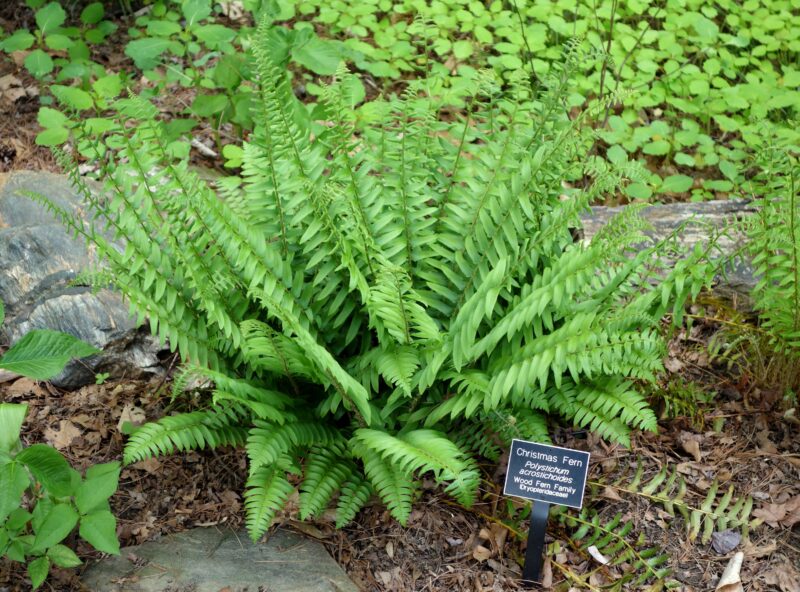
Christmas Fern (Polystichum acrostichoides) offers a lovely green presence throughout the year, a rare trait in many shade-loving species. Named for its evergreen fronds resembling Christmas decorations, this fern thrives in acidic, well-drained soil. It prefers partial to full shade and is often found in woodland settings, making it an ideal addition to shaded gardens.
The Christmas Fern is particularly resilient to drought once established and can spread through rhizomes, creating beautiful clumps over time. Additionally, it serves as a great ground cover and can help suppress weeds. When plantings are done thoughtfully, you can enjoy a year-round green tapestry, contrasting beautifully with the browns and grays of winter.
Columbine
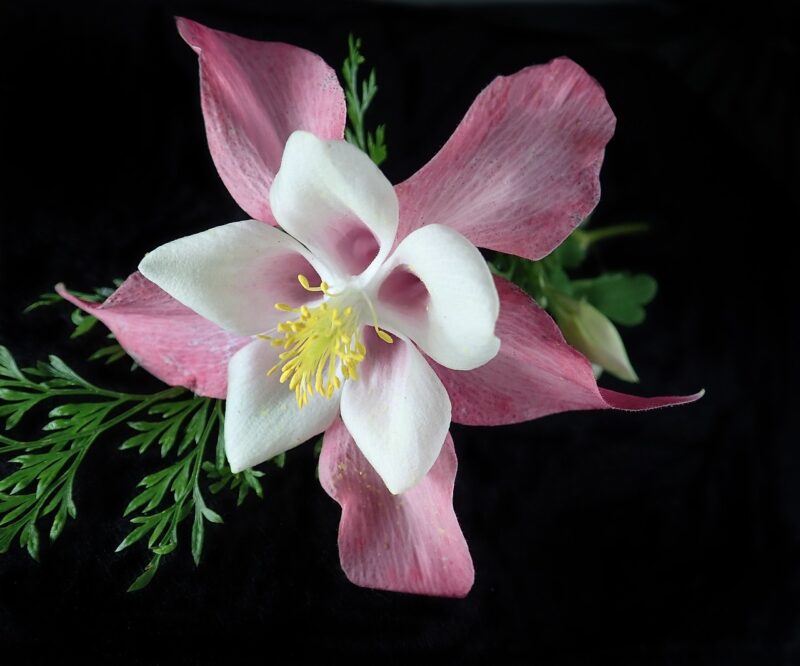
Columbine (Aquilegia canadensis) adds a splash of color to shaded areas, having delicate, upturned blooms that sway gently in the breeze. These stunning flowers come in a plethora of colors, but the native version typically showcases red and yellow petals, making them bright accents amid lush green foliage.
Columbines prefer moist, well-drained soil and partial shade, making them ideal for gardens under the canopy of larger trees. They are also known to attract pollinators, like hummingbirds and bees, thanks to their nectar-rich blooms. Plant them in clusters to create a striking visual display and to maximize their appeal to visiting wildlife.
Foamflower
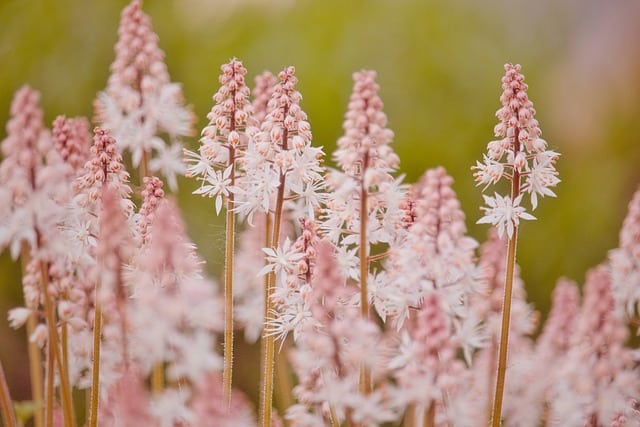
Foamflower (Tiarella cordifolia) is another enchanting addition to the shade garden, celebrated for its frothy white flower spikes that rise above heart-shaped leaves. This perennial thrives in rich, well-drained, and consistently moist soil. Its preferences make it a delightful partner for other woodland plants.
Foamflower’s dense mat-forming growth can act as a living mulch, suppressing weeds while adding texture to your garden. It’s also a favorite among pollinators, making it a small yet impactful component of your shaded sanctuary. To enhance your garden’s aesthetic, consider planting it en masse to create a striking carpet of miniature blooms in springtime.
Green and Gold
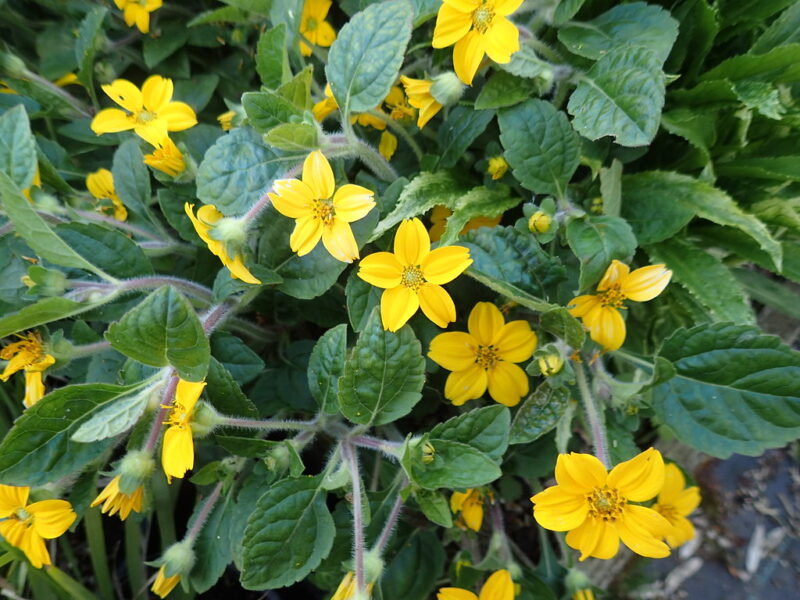
Green and Gold (Chrysogonum virginianum) is a perennial that brings both brightness and a rich green backdrop to the shade. With its small yellow flowers blooming in early spring, this plant illuminates the garden when most other flowers are still waking up. It prefers well-drained soil and partial shade but can tolerate some sun, making it versatile in various planting conditions.
This hardy ground cover also provides an excellent solution for controlling erosion in shaded areas where other plants may struggle. Plus, it requires little maintenance, giving you more time to enjoy your garden rather than working in it. Its cheerful blooms and low-growing habit make it ideal for filling spaces between taller plants or along pathways.
Hairy Alumroot
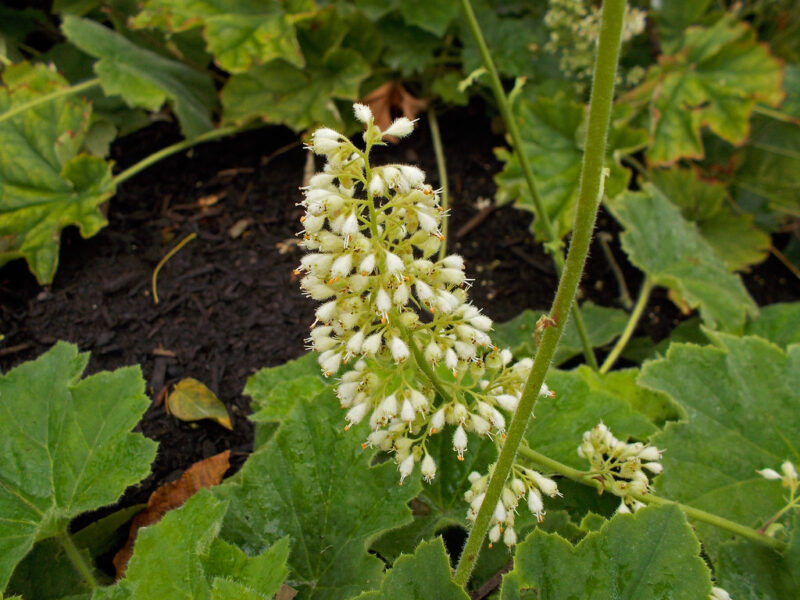
Hairy Alumroot (Heuchera villosa) is a diverse and adaptable perennial showcasing unique leaf shapes and colors, ranging from deep green to striking garnet hues. This durable plant loves woodland conditions, requiring well-drained, moisture-retaining soil. Hairy Alumroot is relatively low maintenance and can thrive in full shade to partial sun, making it suitable for a wide variety of settings.
Its beautiful foliage is complemented by delicate flower spikes that rise above the leaves in late spring and early summer, drawing in both pollinators and garden admirers. Planting this alumroot in clusters can create a stunning visual contrast with the surrounding greenery, especially when paired with other shade perennials. The leaves’ velvety texture also provides a sensory experience that adds richness to your garden.
Jack-in-the-Pulpit
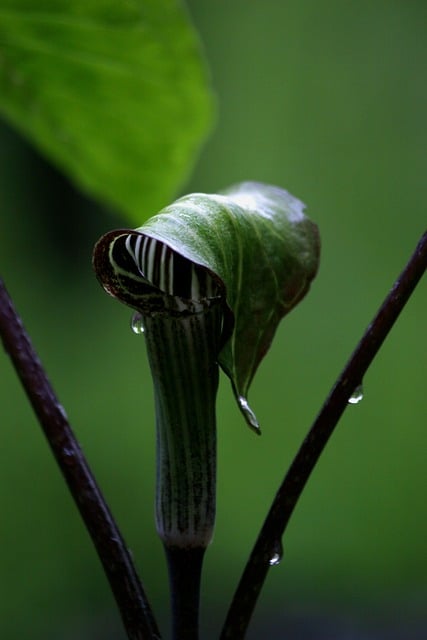
Jack-in-the-Pulpit (Arisaema triphyllum) is both captivating and dramatic, often becoming a conversation starter in gardens. Distinguished by its unique flower structure resembling a small podium, this perennial thrives in moist, shaded woodlands, making it perfectly suited to low-light environments. It prefers rich, organic soil and requires consistent moisture without being waterlogged.
The striking inflorescence, with its green and purple hues, adds intrigue to shaded areas, while the plant’s broad leaves provide a lush backdrop. This species is also a valuable native plant, as it attracts various pollinators and acts as a host plant for certain butterfly species. Whether dotting your woodland garden or acting as a natural focal point, Jack-in-the-Pulpit brings a sense of wonder to any shaded landscape.
Jacob’s Ladder
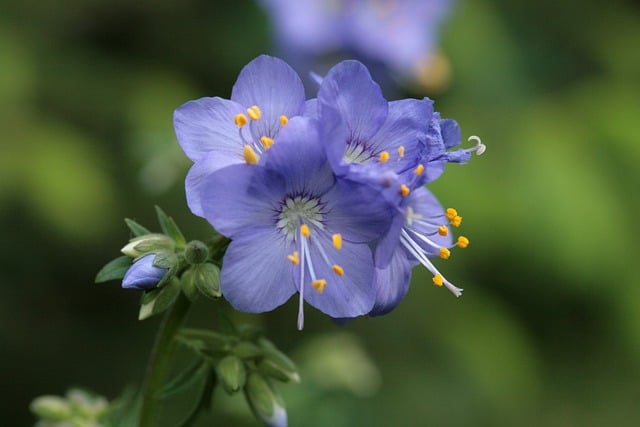
Jacob’s Ladder (Polemonium reptans) is a charming perennial that provides delicate, ladder-like leaves and stunning blue to lavender flowers. Known for its adaptability, this plant thrives in various soil types, provided they remain moist and organically enriched. While it prefers partial shade, Jacob’s Ladder can tolerate full shade, making it versatile for shaded gardens.
The ethereal blooms of Jacob’s Ladder typically grace the spring season, offering a burst of color before summer’s heat kicks in. Its foliage remains attractive throughout the growing season, creating a lush base that complements other perennials. This plant is also known to be deer-resistant, making it a perfect candidate for gardens prone to wildlife visits.
Large-Flowered Bellwort
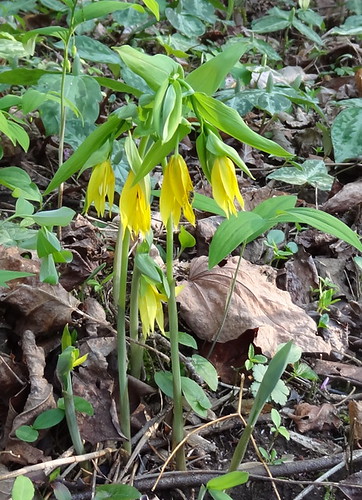
Large-Flowered Bellwort (Uvularia grandiflora) enchants gardeners with its pendulous yellow flowers and graceful, arching leaves. Preferring rich, moist soil, this plant thrives in shaded woodlands where it can receive just the right amount of light filtered through tree canopies.
The blooms emerge in spring, dangling like little bells from the delicate stems. Their unique shape and charming coloration make them quite the spectacle. This native perennial is also known to thrive with minimal care, making it an exceptional choice for creating a low-maintenance woodland garden that still yields beautiful results.
Mayapple
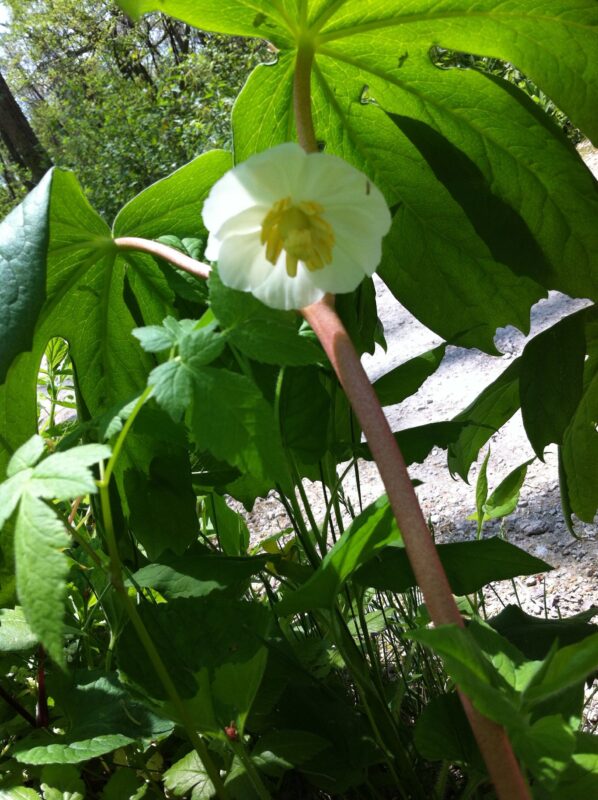
Mayapple (Podophyllum peltatum) is an impressive native perennial known for its distinctive umbrella-shaped leaves and charming white flowers. This plant thrives in a variety of soils, predominantly in moist, shady locations. The flowers hide beneath the large leaves, often escaping notice, but once you spot them, they deliver a delightful surprise in the spring.
Given the right conditions, Mayapple can form dense colonies, creating a lush mat of greenery across the woodland floor. It’s worth noting that, while the fruit of the Mayapple is edible when fully ripened, every part of the plant contains varying degrees of toxicity at other growth stages. Therefore, it’s crucial to educate younger garden enthusiasts in your life about its safe handling.
Northern Maidenhair Fern
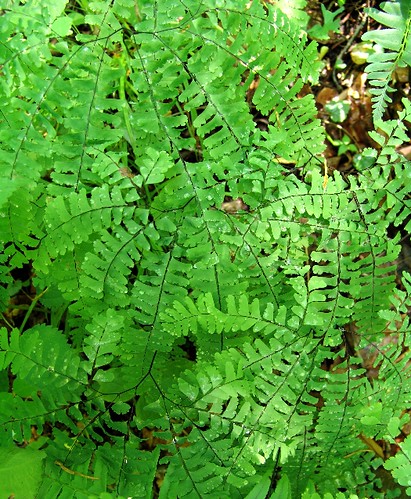
The Northern Maidenhair Fern (Adiantum pedatum) brings elegance and grace to shaded areas, showcasing delicate, fan-shaped fronds. Preferring rich, moist, and well-drained soils, this fern thrives in woodland settings and adds an element of lightness to dark corners of your garden.
With its lush foliage and soothing textures, the Northern Maidenhair Fern is perfect for creating a serene atmosphere in your shaded garden. Its graceful growth habit and ability to tolerate various moisture levels make it easy to incorporate with other shade-loving species, enhancing both beauty and biodiversity.
Ostrich Fern
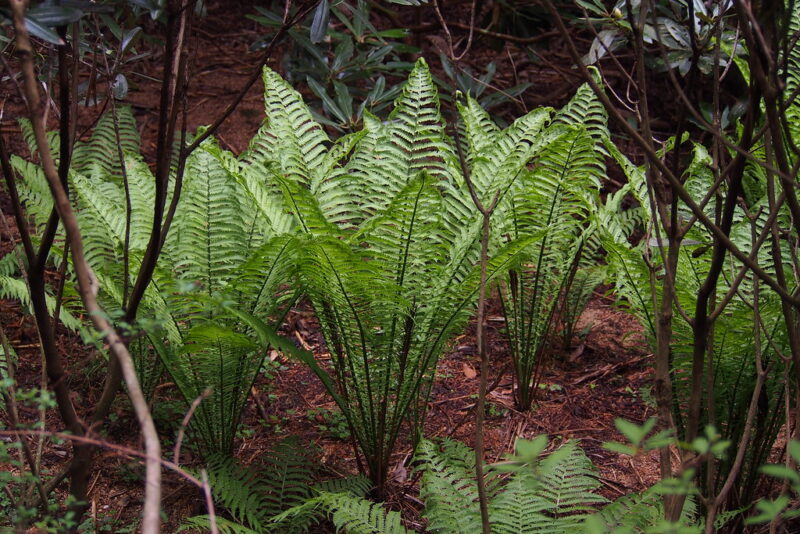
Ostrich Fern (Matteuccia struthiopteris) is rightly named for its large, feathery fronds that resemble the plumes of an ostrich. This perennial reaches impressive heights and provides vibrant greenery, making it a standout choice for shaded areas. Ostrich Ferns prefer moist, rich soil and thrive in dappled shade, offering a lush backdrop for smaller companion plants.
As a deciduous fern, it adds seasonal interest throughout the year: new fronds unfurling in spring provide a dramatic touch, while its characteristic brown fertile fronds emerge later in the season, adding a layer of visual complexity. This fern is gorgeous in mass plantings, creating a woodland feel that resembles a primordial landscape.
Partridge Berry
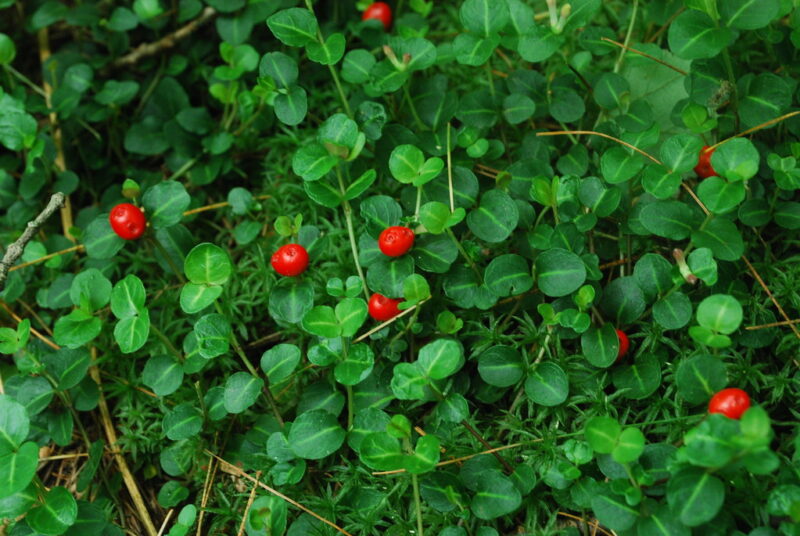
Partridge Berry (Mitchella repens) is a delightful creeping perennial celebrated for its glossy green leaves and dainty white flowers that bloom in pairs. Thriving in moist, well-drained soil, this plant flourishes in shade and is often found carpeting the forest floor.
The attractive red berries that emerge in late summer are not only visually appealing but also serve as a food source for various birds and wildlife. Its low-growing habit makes it an excellent choice for ground cover in shaded areas, helping to prevent soil erosion and adding texture under larger plants. Plus, it requires minimal maintenance, allowing you to relax and enjoy the beauty of your garden.
Solomon’s Seal
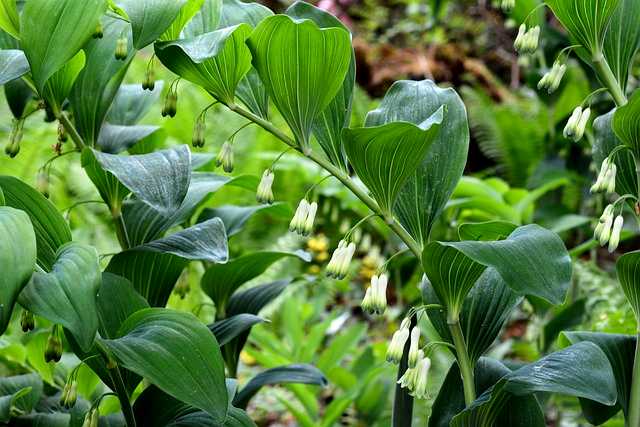
Solomon’s Seal (Polygonatum biflorum) is a perennial distinguished by its arching stems adorned with pendant white flowers. This plant thrives in rich, moist soil and prefers dappled shade, making it an ideal candidate for woodland gardens.
In addition to its aesthetic appeal, Solomon’s Seal provides essential habitats for wildlife and promotes biodiversity in your garden. The blooms usually appear in late spring and develop into blue-black berries by late summer, providing food for birds. This perennial’s graceful habit and slight fragrance add elegance to shaded spaces, making it a must-have for any shade-loving garden.
Spicebush

Spicebush (Lindera benzoin) is a fantastic native shrub that offers both beauty and utility. Its fragrant leaves and stems, plus bright yellow blooms in early spring, make it a standout even in the shaded settings where it thrives. Spicebush grows best in moist, well-drained soils and can tolerate varying levels of shade.
Beyond its ornamental value, Spicebush plays a crucial role in the ecosystem by attracting pollinators, especially early in the season before most flowering plants begin to bloom. Additionally, its berries provide sustenance for a variety of birds and mammals. This versatile shrub is perfect for creating layers in your garden, allowing taller plants to rise alongside its less erect habit.
Spring Beauty
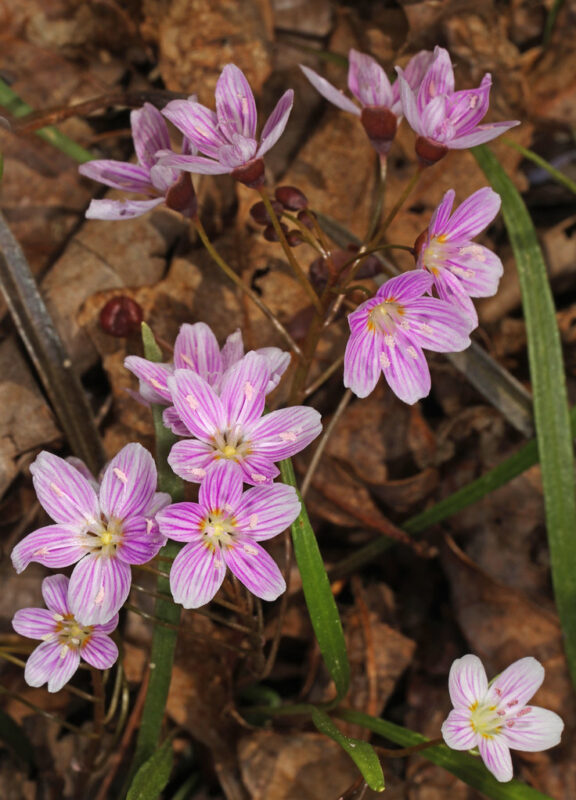
Spring Beauty (Claytonia virginica) is one of the first wildflowers to bloom in the early spring, painting the forest floor with clusters of delicate pink or white flowers. Preferring moist, well-drained soil, it thrives in shaded, wooded areas, often found alongside streams or in rich organic debris.
This cheerful flowering plant is a vital food source for early pollinators like bees waking from winter dormancy. Planting these beauties in patches can create a delightful carpet of color in your shady garden, evoking the freshness of spring every year. Their ephemeral nature, with flowers that last just a few weeks before disappearing, adds an element of anticipation each season.
Sweet Pepperbush
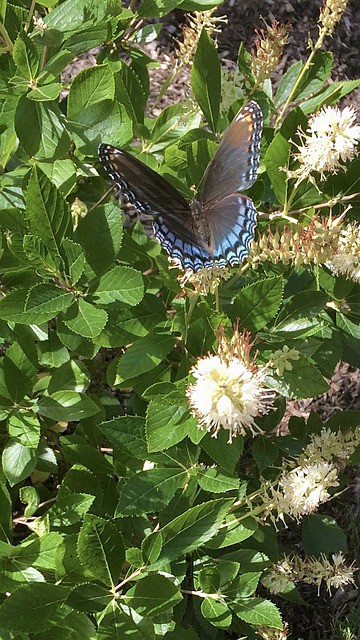
Sweet Pepperbush (Clethra alnifolia) is a fragrant shrub known for its pale white to pink flower spikes that attract various pollinators, including butterflies and bees. This shrub flourishes in wet, acidic soils and prefers full to partial shade, making it an excellent addition to any shaded area that remains relatively moist.
In addition to its alluring blooms, Sweet Pepperbush offers a lovely autumn spectacle with vibrant yellow foliage. This versatility makes it not just a seasonal treasure but a year-round asset for gardens. Its dense foliage can provide privacy and shelter for small birds and other fauna, enhancing the biodiversity of your garden.
Virginia Bluebells
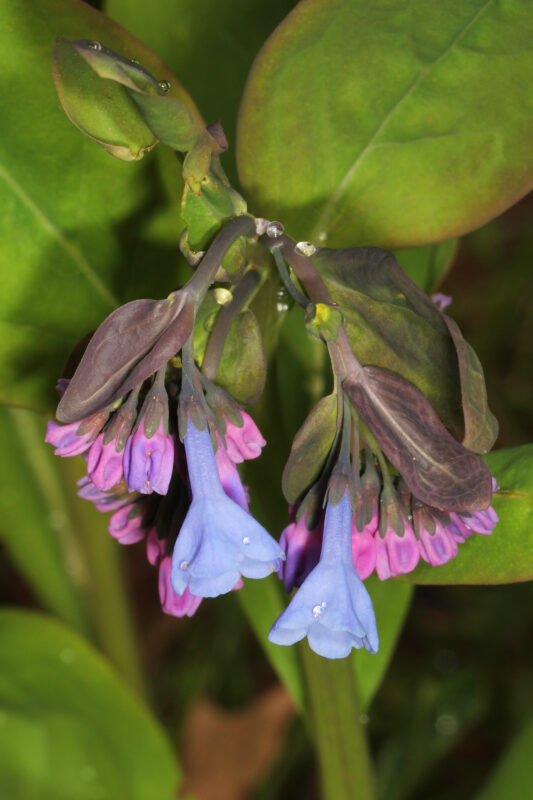
Virginia Bluebells (Mertensia virginica) are spring ephemerals that delight the senses with their vibrant blue flowers. Featured prominently in many temperate forests, they thrive in rich, moist soil under partial to full shade, making them ideal for a woodland garden setting.
These resilient plants not only create a stunning display when in bloom, but they also serve as an important food source for early pollinators. As they fade away by summer, they leave behind lush green foliage that can still complement other plants until it dies back, allowing for diverse planting combinations throughout your garden’s seasons.
White Wood Aster
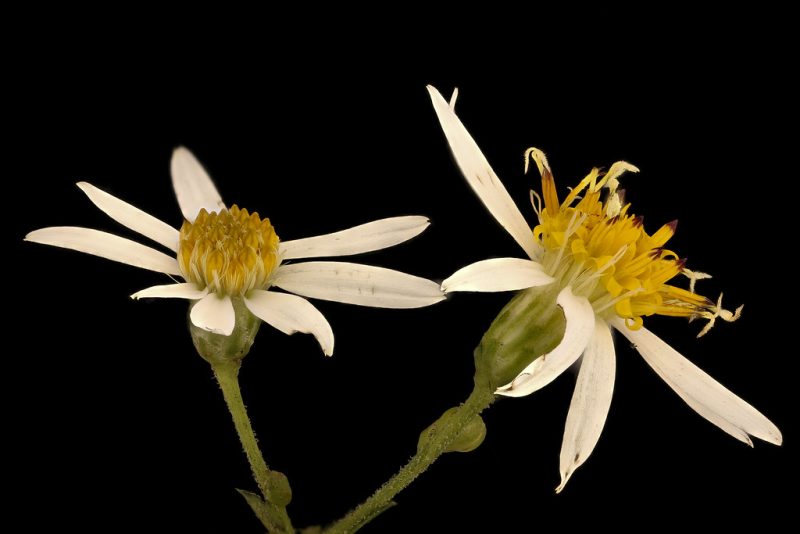
White Wood Aster (Eurybia divaricata) is a low-maintenance perennial that thrives in shady, moist conditions, perfect for woodland garden settings. With its inherent resilience, this species produces charming white ray flowers that bloom from late summer into fall, providing an extended season of interest.
In addition to its aesthetic appeal, White Wood Aster is known to attract beneficial insects, enhancing your garden’s ecosystem. Its sprawling growth habit makes it ideal for filling gaps among taller perennials while also providing a gentle transition from ground cover to upright foliage.
Wild Ginger
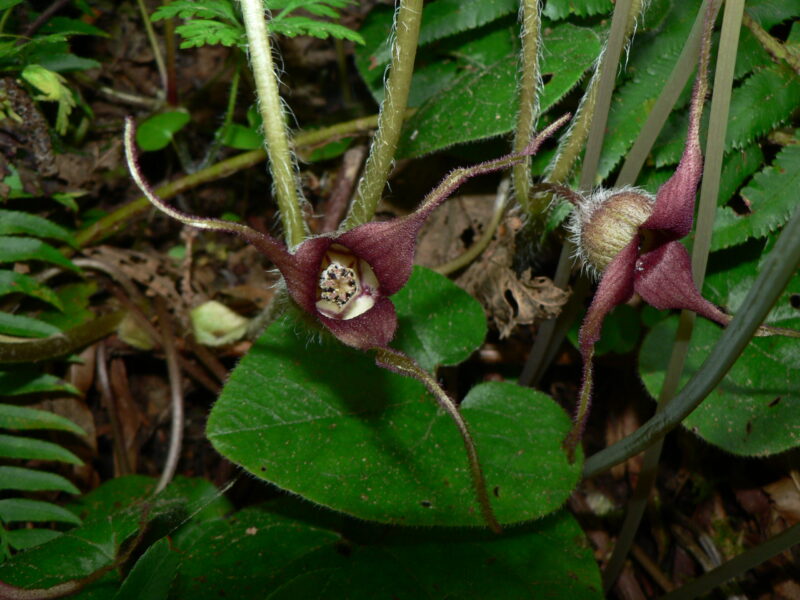
Wild Ginger (Asarum canadense) is a lovely ground cover known for its heart-shaped foliage and unique, hidden flowers. This native perennial thrives in rich, moist soils and tolerates a wide range of light conditions, although it generally prefers shade.
With its sprawling habit, Wild Ginger creates a lush and vibrant layer in densely shaded areas, acting as an excellent ground cover to suppress weeds. Beyond its beauty, the plant’s aromatic leaves add a delightful scent to gardens, making it an underappreciated yet worthy addition to your landscape.
Wood Fern
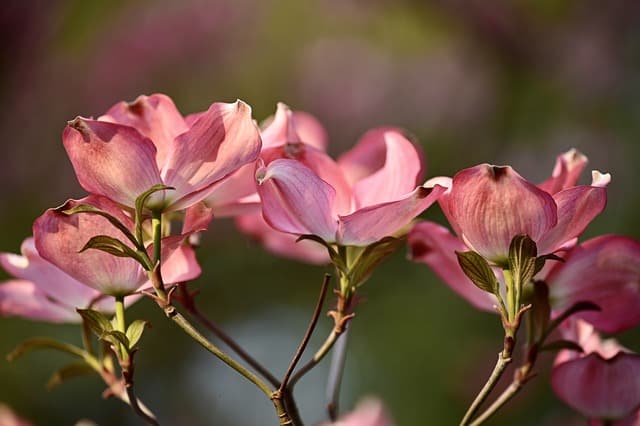
Wood Fern (Dryopteris spp.) is a term used to describe various fern species that thrive in shaded woodland conditions. These ferns prefer rich, moist, and well-drained soils and offer lush greenery to complement other shade-loving plants in your garden.
Wood ferns exhibit a wide variety of textures and frond shapes, providing additional diversity to your landscape. They make a great backdrop for flowering plants, as their fronds act as a soft, green curtain, creating a beautiful contrast with brightly colored flowers. Their ability to adapt and grow in dense shade makes them invaluable as fillers and ground covers in shaded gardens.
Woodland Phlox
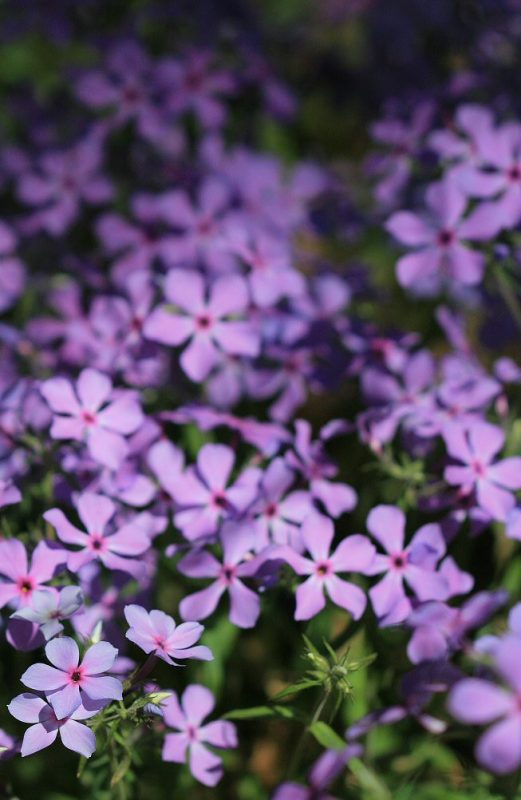
Woodland Phlox (Phlox divaricata) is a charming perennial that excels in shaded areas. Its fragrant flowers, available in shades of blue, pink, and white, create stunning visual displays in early spring. Preferring moist, well-drained soils, Woodland Phlox is a versatile choice for any shade garden.
This perennial not only beautifies garden spaces but also attracts pollinators, making it a wonderful addition to a wildlife-friendly landscape. As it grows, its creeping habit makes it effective as a ground cover, working harmoniously with other shade-loving plants to create an alive and thriving garden environment.





